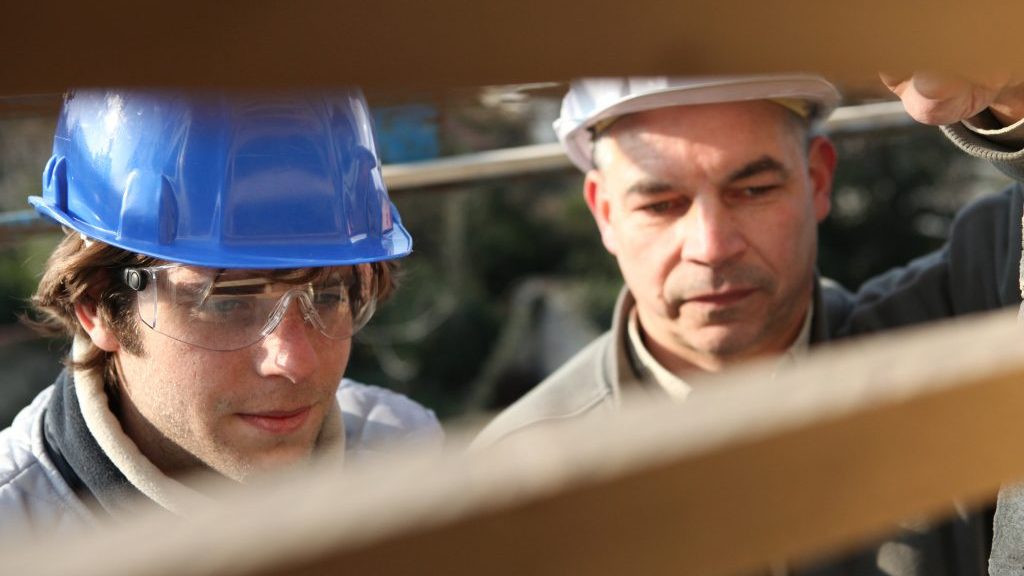A report on the Toward Net Zero by 2050 conference underscores the need for Indigenous involvement in major projects in order for Canada to reach net-zero targets.
“The report itself was to capture the learning that happened at the conference,” said Mark Podlasly, chief sustainability officer with the First Nations Major Projects Coalition, which hosted the event along with First Peoples Worldwide (U.S.) in Vancouver earlier this year.
“It was very much from an Indigenous perspective and we focused on two areas: critical minerals and clean energy.”
The report is a collection of thoughts from different speakers who came from Canada, the United States and New Zealand, Podlasly explained.
“They talked about why it’s important to have Indigenous people involved in these projects and it became very clear through the conference and then the report that without Indigenous people on board because of regulatory uncertainty, project uncertainty, pressing deadlines, we won’t reach net-zero as a country by 2035 or 2050,” he noted.
Indigenous communities need to be involved in the economic, environmental and cultural decision-making.
“The main takeaway is that for a major project to be successful it must include Indigenous values at all stages of the project, from inception to construction to operation and decommissioning. That’s not happening,” Podlasly said. “There are cases where Indigenous people are involved only as an afterthought.”
It’s not only about incorporating Indigenous values, it’s how the values are incorporated, he added.
“It’s not just that the consultation happens at a regulatory point in order for the permit to be issued for the construction of the project,” Podlasly pointed out. “It has to include those Indigenous values up front and those would be in the environmental assessment, environmental planning, the siting of the project, through the construction and the procurement…then through the operation. The economic and the job and the value that the Indigenous people will capture for projects situated on their traditional territories is vitally important to the success of the entire project.”
The report summarizes the main themes that emerged at the conference: the leading edge of producing critical battery minerals; the net-zero energy transition; ESG+I; sector-based concepts in Indigenous net-zero projects; and highlights of conference keynotes and announcements.
“(The conference) presented ideas that together laid new ground on what Indigenous nations, industry sectors and governments can each do to achieve this solution and vision — a new reality in which Indigenous nations own, or are presented with the opportunity to own, equity ownership in net-zero-focused energy and climate solutions infrastructure projects,” states a post-conference report entitled The Only Road to Net Zero Runs Through Indigenous Lands: Indigenous equity ownership of major projects.
While this year’s conference was focused mainly on Canada and the United States, next year’s conference, which will focus on the value driven economy and will be held April 24 and 25 in Vancouver, will take an international approach.
“People came to us and said this is great, we understand why this is important because there is an economic reason, there is an environmental reason, there is a benefit to the Indigenous people and to the proponents, there is a benefit to the national economy, but how do you include those values, what are those values, how do you actually operationalize those values in a modern economy?” said Podlasly. “That is what we will be focusing on at the next conference.”
There are prime examples worldwide of Indigenous involvement in projects where values have been incorporated and those projects are successful.
“There are a lot of Indigenous innovations happening across the world and we want to capture that because good ideas are not only restricted to one country,” said Podlasly.
“The question we want to ask to these people is how did you do that? How did you get the capital? How were partnerships formed? How is this sustainable from an economic, cultural and environmental aspect, that it benefits everyone? (We want to) pull worldwide examples but make it relevant to Canada. How does this affect Canadian companies and how can Canadian companies replicate this success?”
Follow the author on Twitter @DCN_Angela











Recent Comments
comments for this post are closed